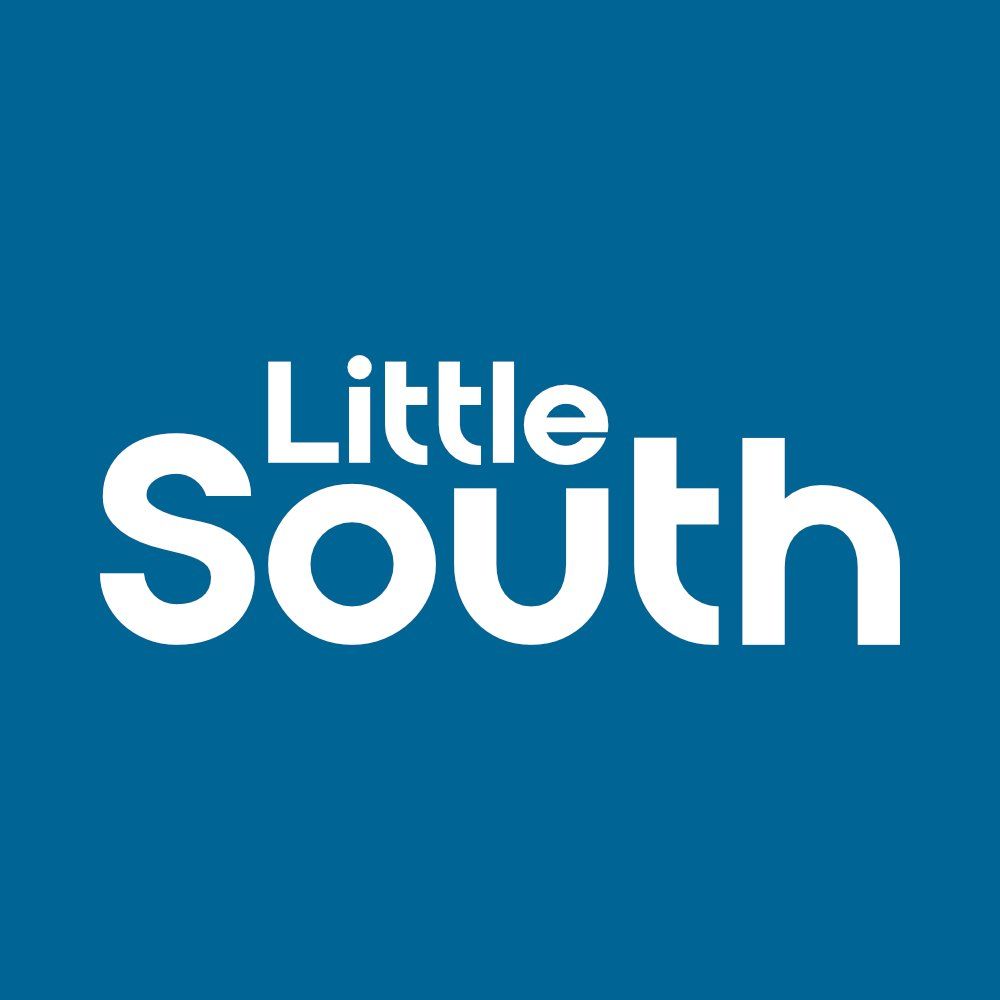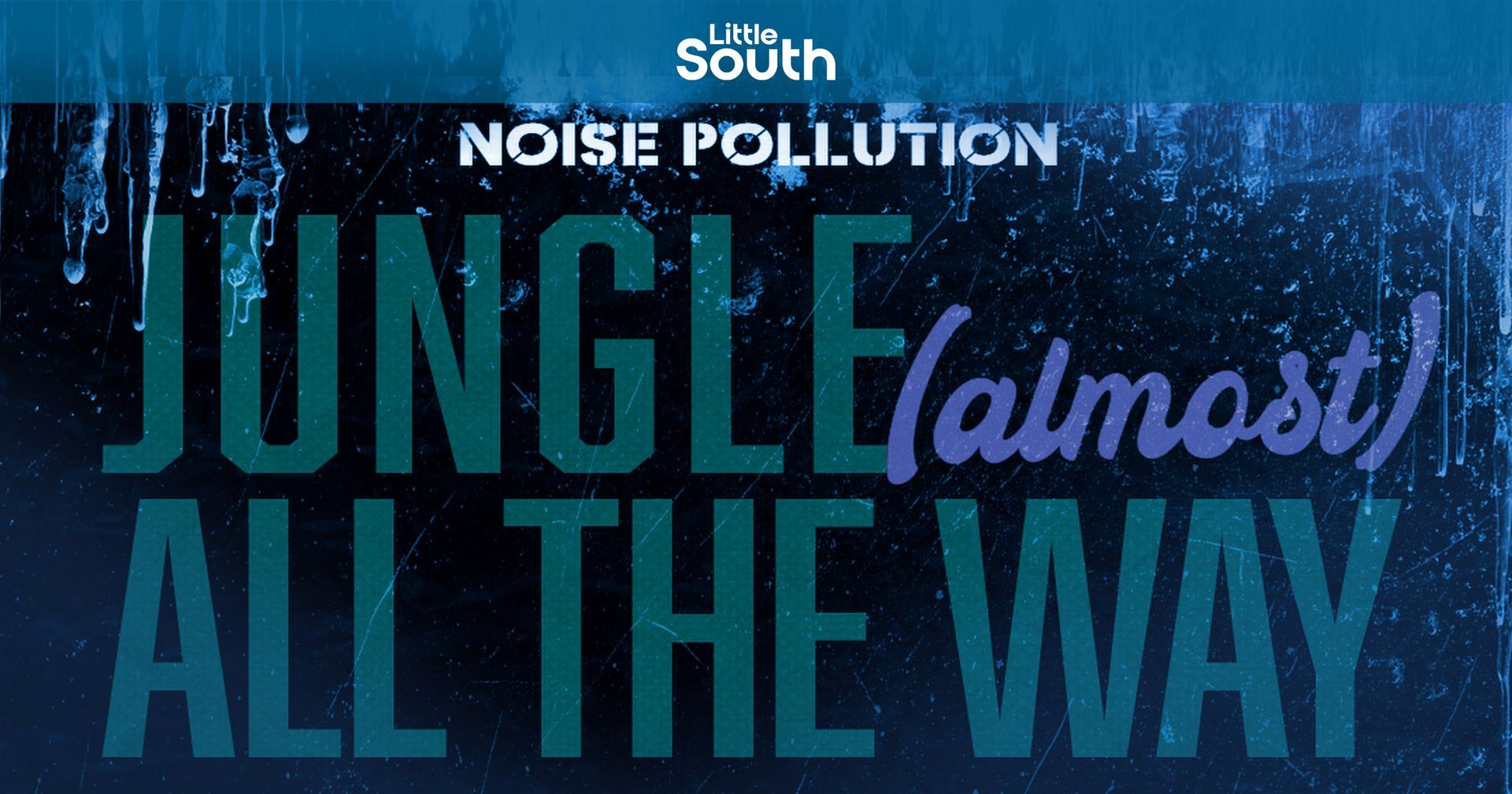Report Finds Disabled Young People Are Being Failed By Arts Sector
Youth Music unveils ambitious £2.25M fund to enhance arts access for young people.
A recent report from Youth Music highlights the challenges faced by disabled young people in accessing the arts sector. According to the findings released this week by the UK charity, these individuals experience significant barriers to entry, despite their rights being protected by law. The report indicates that the participation of disabled youth in various artistic activities tends to be lower and shorter-term, with many often engaging in home-based projects. Furthermore, those who do participate frequently face issues such as discrimination, fear of judgment, limited agency, unrealistic expectations, and tokenism, which can hinder their overall experience in the arts.

According to research conducted by Youth Music, only 9% of the workforce in the UK arts sector is comprised of disabled individuals, in contrast to 16% in the wider UK workforce outside of the creative industries. Matt Griffiths, CEO of Youth Music, noted that while the representation of disabled individuals in the arts workforce is slowly increasing, it remains significantly below average. He emphasized that although there are exceptional initiatives and organizations providing creative opportunities for disabled individuals, these are not widespread.
In response to these findings, Youth Music has announced a £2.2 million one-time fund aimed at enhancing access to the arts sector for disabled young people. Additionally, they have initiated a campaign called Shift The Scene, which seeks to create long-term opportunities for disabled youth in the UK to engage with the creative industry. The application window for this fund will open on October 31 and close on November 28, with notifications for successful applicants expected by March 2026.
Earlier this year, the Disabled Ravers Network actively sought contributions from disabled, neurodivergent, and deaf artists while developing a new database, further highlighting the commitment to improving representation and opportunities within the arts community.
Written by








